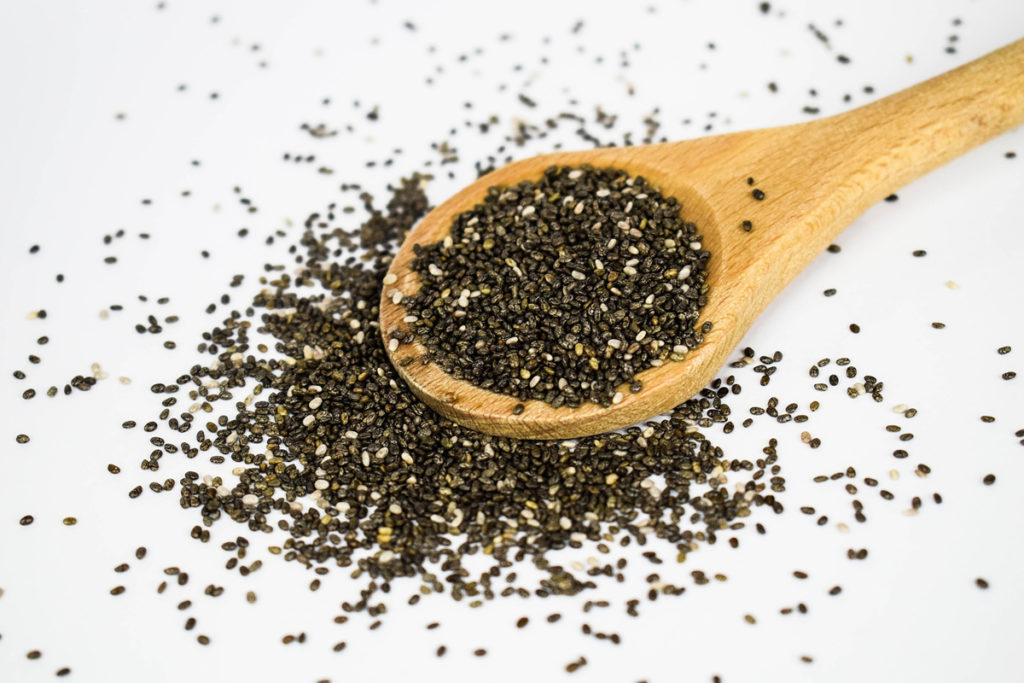Why Dietary Variety Is Vital for Brain Health in Active Aging
How to add more variety to your diet

It’s long been said that variety is the spice of life—and when it comes to diet, especially for active aging adults, variety may also be one of the most powerful tools for preserving brain health, mental clarity, and emotional well-being.
As we age, the risk of cognitive decline increases, but research continues to show that lifestyle factors—including physical activity and nutrition—can play a major role in preserving cognitive function. A large-scale investigation published in Nature Mental Health, involving over 182,000 older adults, found that those who included a wide variety of foods in their daily diets demonstrated better cognitive performance and mental health outcomes than those with more restrictive eating patterns. This held true even for individuals who followed plant-based diets or lower-carbohydrate diets that are often considered healthy.
For active older adults, this is a crucial finding: maintaining variety in your diet may be just as important as staying physically active when it comes to keeping your brain sharp and your mood steady.
What the Study Revealed About Diet and Mental Functioning
In the study, participants who regularly consumed a broad spectrum of foods—including fruits, vegetables, whole grains, nuts, seeds, legumes, moderate dairy, eggs, and fish—outperformed their peers on cognitive tests and mental health assessments. Notably, those who consumed fewer types of foods, even within otherwise health-conscious patterns like vegetarianism or low-carb diets, showed weaker mental performance on average.
This suggests that dietary diversity may help protect against age-related cognitive decline more effectively than restrictive diets, even those high in produce or low in processed foods.

Why Variety Matters More with Age
As we age, the body’s ability to absorb and utilize nutrients becomes less efficient. Our nutritional needs also shift. Certain vitamins and minerals—such as B12, D, calcium, magnesium, omega-3 fatty acids, and antioxidants—become increasingly important for supporting brain function, emotional health, bone strength, and immune defense.
By consuming a broad variety of food groups, aging adults are more likely to naturally obtain these key nutrients in bioavailable forms. Different food categories offer unique nutrients and bioactive compounds, including:
- Fruits and vegetables: High in antioxidants and phytochemicals that fight inflammation and oxidative stress.
- Whole grains and legumes: Rich in B vitamins and fiber, supporting energy metabolism and gut-brain communication.
- Nuts and seeds: Provide healthy fats, vitamin E, and minerals that support neural membrane integrity.
- Fish: Especially oily fish like salmon and sardines, contain DHA, a type of omega-3 crucial for brain structure and memory.
- Dairy and eggs: Important sources of protein, B12, and choline, which support neurotransmitter synthesis and mental alertness.
Restrictive diets—whether low-carb, vegan, or overly repetitive—can unintentionally limit access to some of these nutrients, increasing the risk of subtle deficiencies that may affect mood, cognition, and long-term brain health.
The Gut-Brain Connection in Older Adults
Recent research has also illuminated the importance of the gut microbiome in mental health, particularly in older adults. A diverse diet rich in fiber from multiple plant sources can help cultivate a more resilient and balanced gut microbiota, which is closely linked to mood regulation, immune function, and even memory.
Fermented foods like yogurt, kefir, and kimchi—along with fiber-rich foods like beans, whole grains, and vegetables—promote the production of short-chain fatty acids and other metabolites that positively influence the brain. For aging individuals, this microbiome-brain link underscores why food variety isn’t just about meeting nutrient targets—it’s about creating a thriving internal ecosystem that supports whole-body wellness.
Practical Tips for Promoting Dietary Variety in Active Aging
If you’re an older adult aiming to preserve your cognitive health—or a professional working with this population—consider incorporating these strategies to expand dietary variety in sustainable ways:
- Rotate Protein Sources – Include plant-based proteins like lentils and chickpeas, but also incorporate fish, eggs, and lean dairy to round out amino acid and micronutrient profiles.
- Eat the Rainbow – Aim for different colored fruits and vegetables throughout the week. Each color signifies different antioxidants and phytonutrients that work in complementary ways.
- Shop the Perimeter—and the Middle – The outer edges of grocery stores contain fresh produce, dairy, and proteins. But don’t skip the center aisles where you’ll find whole grains, legumes, and international spices that can introduce new flavors and nutrients.
- Embrace Global Cuisine – Explore recipes from Mediterranean, Asian, and Latin American cuisines, which naturally incorporate a wide range of nutrient-dense foods and cooking techniques.
- Focus on Adding, Not Restricting – Rather than limiting foods, focus on what you can add to your meals. Try a new vegetable, switch up your breakfast grain, or introduce a new herb or spice weekly.

For Professionals: Guiding Active Aging Clients
If you’re a fitness professional, registered dietitian, or health coach working with older adults, these findings offer a new opportunity to elevate your nutritional guidance. While many clients may come to you with questions about keto, intermittent fasting, or plant-based eating, you can use this research to reinforce the importance of variety and balance over strict rules.
Encourage your clients to:
- Avoid overly restrictive plans unless medically necessary
- Prioritize nutrient-dense foods across all food groups
- Try new ingredients each week as part of their health goals
You might even consider incorporating simple food-tracking or journaling into your training programs to help clients reflect on diversity and spark new habits.
Food for a Stronger, Sharper Future
For aging adults, protecting brain health doesn’t have to mean following rigid diet plans. In fact, the newest research suggests that the more variety you include in your diet, the better your chances of staying mentally sharp and emotionally balanced. A lifestyle that blends physical activity, social engagement, and dietary diversity offers the strongest defense against cognitive decline. So go ahead—embrace new foods, flavors, and combinations. In doing so, you’re not just nourishing your body, but also fortifying your mind for the years ahead.
References
Dominguez LJ, Veronese N, Vernuccio L, Catanese G, Inzerillo F, Salemi G, Barbagallo M. Nutrition, Physical Activity, and Other Lifestyle Factors in the Prevention of Cognitive Decline and Dementia. Nutrients. 2021 Nov 15;13(11):4080. doi: 10.3390/nu13114080. PMID: 34836334; PMCID: PMC8624903.
Zhang, R., Zhang, B., Shen, C. et al. Associations of dietary patterns with brain health from behavioral, neuroimaging, biochemical and genetic analyses. Nat. Mental Health 2, 535–552 (2024). https://doi.org/10.1038/s44220-024-00226-0


